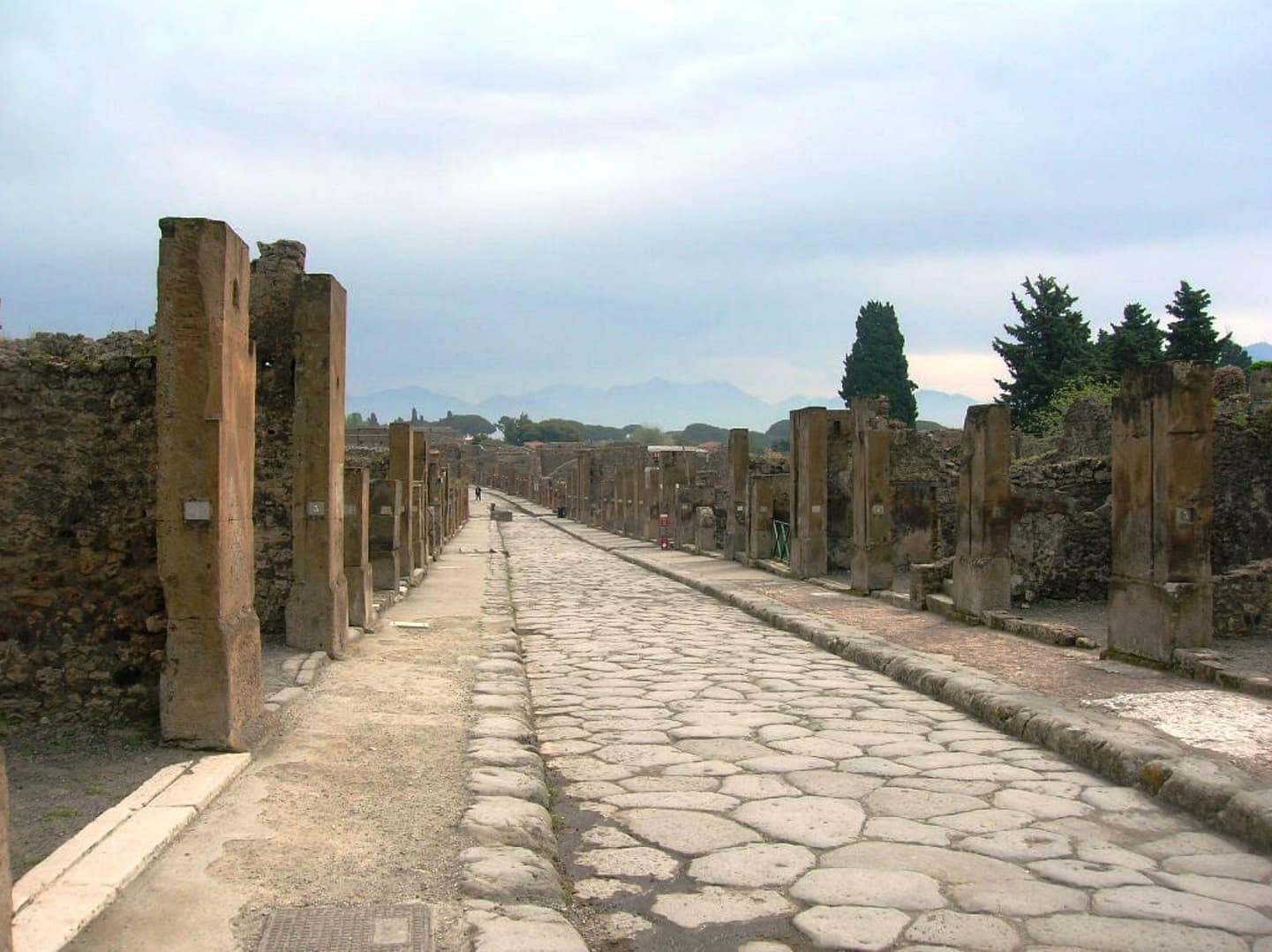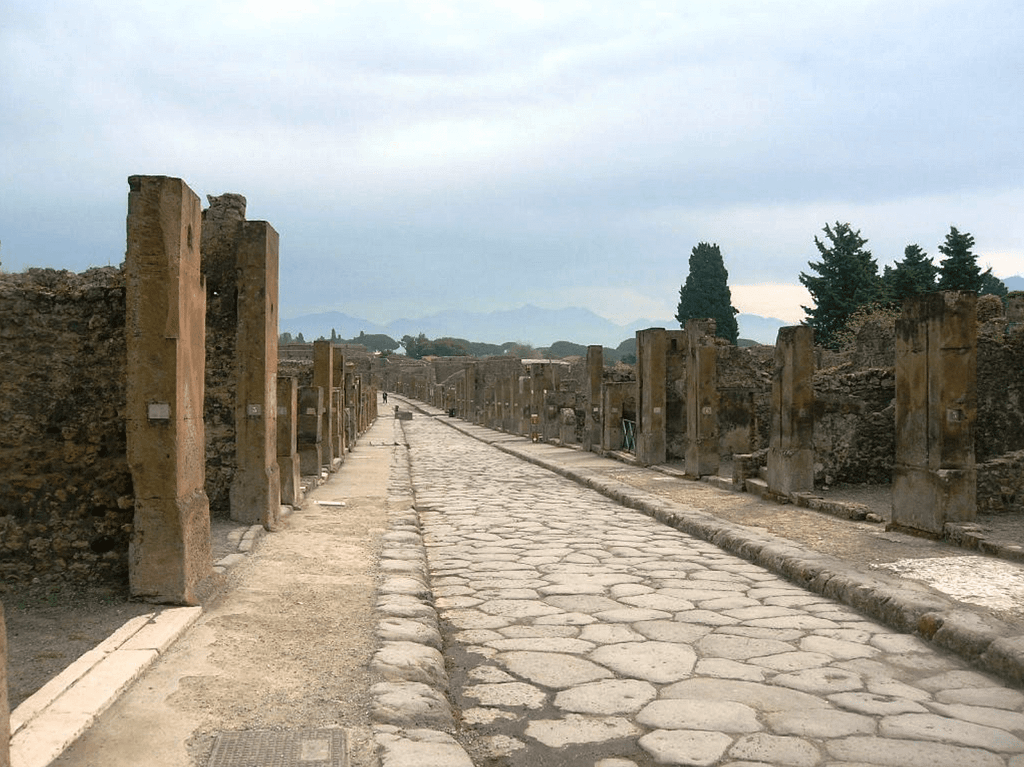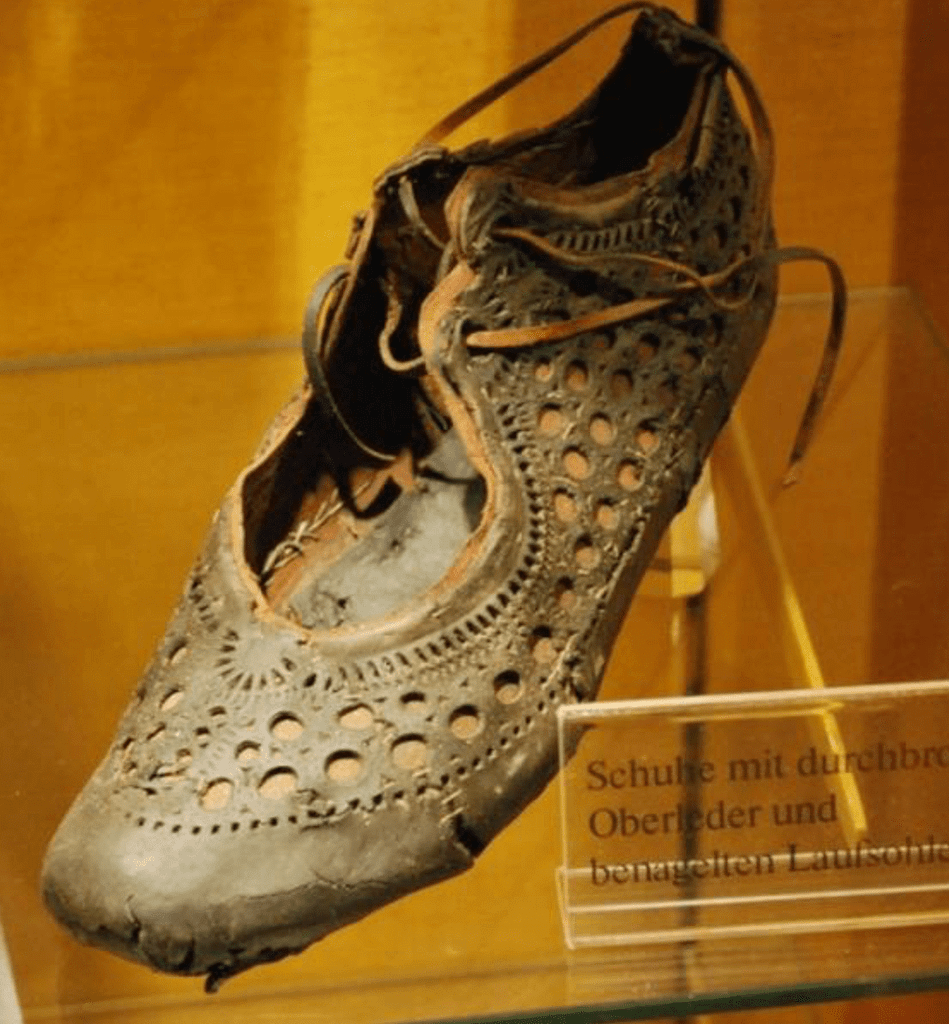My friends know that I am generally a barefooter. I do this for health reasons and may discuss it in depth in another post (or five) sometime. However a recent conversation brought up one aspect of this topic which I have been pondering lately.
A friend said that modern walking surfaces are harder than historical ones and therefore we need cushioned shoes. It is a common assumption. But is it true?
Modern vs. Historical Surfaces
Are modern floors and walking surfaces truly harder than historical ones? I do not believe they are.
Let’s take a look at the two types of prepared surfaces we typically walk on: roadways and floors. I am excluding natural surfaces like hiking trails and lawns as those have not changed all that much.
Roadways
On a trip to Savannah, Georgia several years ago, we were fascinated by the cobblestone streets and buildings. Many of these stones had been laid in the mid-18th century. Yet they remain while nearby modern roadways had crumbled and been resurfaced multiple times in the last several decades.
(We happened to be driving an old work truck on that trip. The rattling and clanging that ensued as we bumped along those cobblestones was more than a little embarrassing. Haha!)
Then, of course, there are the ancient Roman roads which remain to this day.
Is there any comparison between these and modern roadways? Which surface is harder?
Flooring
Historically, dirt flooring was definitely used in some homes and other buildings. However even that may not have been as soft as one would suppose. Some of the materials used on ‘dirt’ floors could be as hard as concrete.
Other popular flooring materials included hardwoods, ceramic tiles, bricks, and stones. Many of these ancient floors also remain today. We also still use many of these materials today.
Meanwhile, modern linoleum was invented specifically to be softer and more cushioned. Wall-to-wall carpeting with thick padding underneath is also modern invention.
As you can see, history completely contradicts the assumption that our walking surfaces are harder. So when did cushioned shoes enter the picture?
Modern vs. Historical Shoes
Throughout history, shoe soles were primarily made of leather or wood. Leather soles could be soft like moccasins or harder like modern dress shoes. Ancient Roman soldiers added nails to the soles of their leather sandals for better grip in dirt. Obviously, none of these options provided any significant cushion.
The first rubber soled shoes were invented for members of the upper class who were playing croquet in their leisure time. In the early 1900s thin-soled canvas ‘sneakers’ like Keds and Converse became popular. It was not until the 1970s that shoe manufacturers began to focus on adding cushioning to their products.
Coincidentally, knee and hip injuries have increased in the last 50 years. Some would say that is because a higher percentage of the population (in the US) has had leisure time and therefore has been participating in sports. I would suggest that it has more to do with the way that cushioned shoes change their gait. That is a discussion for another day.
Keep walking along the way – whether shod or unshod,
Rebecca


